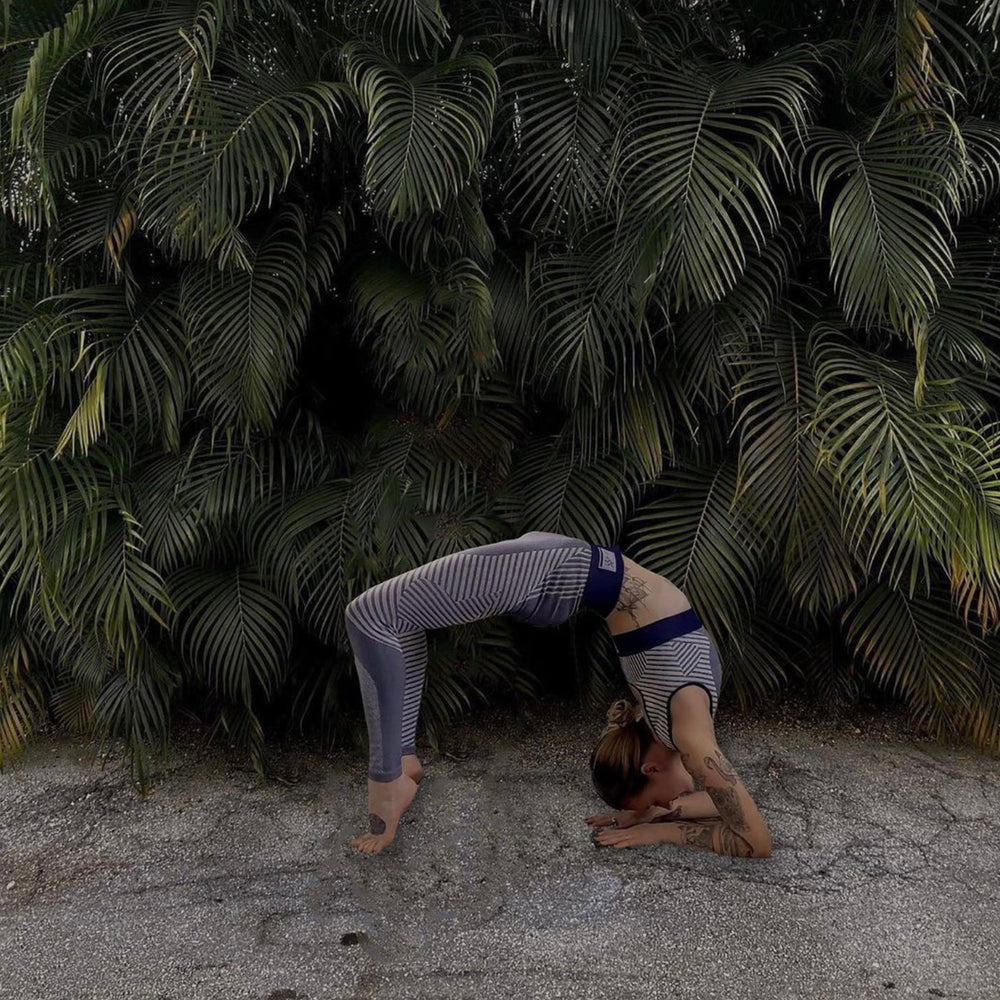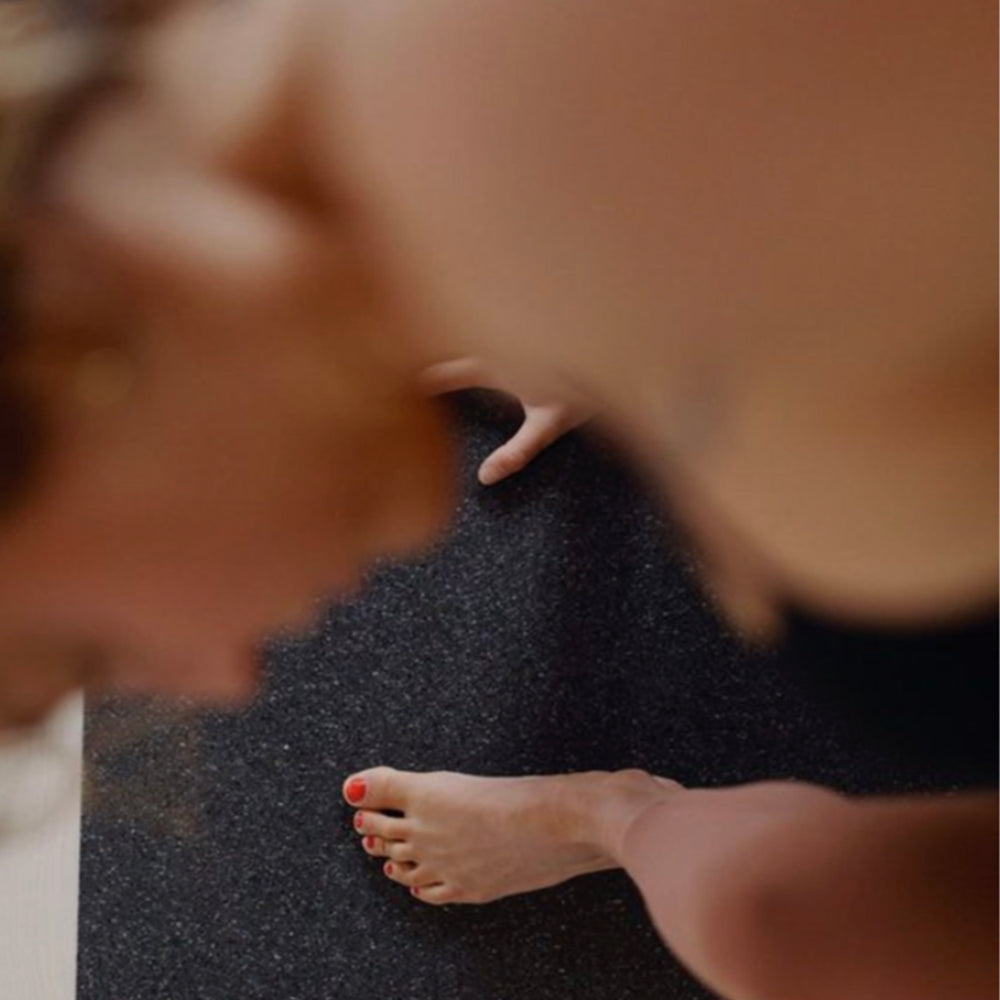 Yoga is often described as a practice that combines physical postures, breath control, and meditation to promote physical and mental well-being. One of the most visually captivating aspects of yoga is the art of making yoga shapes, also known as asanas. These intricate and graceful poses allow practitioners to express themselves through movement, creating a powerful connection between the body, mind, and spirit. In this article, we will explore the significance of making yoga shapes, the artistry behind asanas, and the benefits of incorporating them into your practice.
The Significance of Yoga Shapes
Yoga shapes are not just physical postures; they are a form of self-expression, storytelling, and artistic exploration. Each asana has its unique symbolism and significance, often rooted in ancient traditions and mythology. These shapes are a means of conveying emotions, experiences, and philosophical concepts through the language of the body.
Yoga shapes are a visual representation of the holistic nature of yoga, as they encompass physical, mental, and spiritual elements. They require focus, balance, flexibility, and strength, making them a dynamic and transformative aspect of the practice.
The Artistry Behind Asanas
Creating yoga shapes is akin to crafting a work of art with your body as the canvas. The artistry behind asanas involves the following elements:
1. Alignment: Achieving proper alignment in each pose is crucial for safety and effectiveness. The alignment includes the placement of the feet, hands, spine, and gaze, among other factors. It requires a keen eye and a deep understanding of anatomy.
2. Breath Control: The breath is the life force that accompanies each movement and shape. The rhythm and depth of your breath can enhance the artistry of the pose, allowing you to flow seamlessly from one shape to another.
3. Graceful Transitions: Moving between poses with grace and fluidity is an essential aspect of the artistry behind asanas. These transitions can be as meaningful as the poses themselves, creating a narrative within your practice.
4. Expressive Intent: The intention you bring to each yoga shape infuses it with meaning and emotion. Whether it's a heart-opening pose expressing love and vulnerability or a grounding pose symbolizing strength and stability, your intent adds depth to your practice.
5. Personal Variation: While there are standardized alignments for many yoga shapes, personal variation is encouraged. Your unique body and experience may lead to variations in your expression of the asanas, making them truly your own.
The Benefits of Incorporating Yoga Shapes
Beyond their artistic and expressive qualities, making yoga shapes offers a wide range of physical, mental, and emotional benefits:
1. Physical Strength: Yoga shapes challenge and strengthen various muscle groups, promoting physical fitness and flexibility. Regular practice can lead to increased strength and improved posture.
2. Mind-Body Connection: Asanas require a deep mind-body connection, fostering mental focus, concentration, and mindfulness. This heightened awareness can extend into daily life, promoting mental clarity and stress reduction.
3. Emotional Release: The process of creating yoga shapes can release emotional tension stored in the body. Many practitioners report feeling a sense of emotional release and catharsis during their practice.
4. Enhanced Flexibility: Regularly practicing yoga shapes can improve overall flexibility and range of motion. This increased flexibility can alleviate muscle tension and reduce the risk of injury.
5. Balanced Energy: Yoga shapes are designed to balance the body's energy centers, known as chakras. When these energy centers are in harmony, it can lead to a sense of well-being and emotional equilibrium.
6. Self-Expression: Making yoga shapes allows you to express yourself physically and emotionally. It provides an outlet for creativity and self-discovery.
Popular Yoga Shapes and Their Significance
While there are hundreds of yoga shapes, each with its own unique symbolism and benefits, here are a few popular ones and their significance:
1. Downward-Facing Dog (Adho Mukha Svanasana): This pose represents surrender and release. It is often used as a transitional pose and a foundation for many sequences.
2. Tree Pose (Vrksasana): Tree pose symbolizes balance and stability. It encourages practitioners to find their center and stand tall like a tree rooted in the earth.
3. Warrior Pose (Virabhadrasana): Warrior poses embody strength, courage, and determination. They encourage practitioners to channel their inner warrior to face life's challenges.
4. Child's Pose (Balasana): Child's pose is a symbol of surrender and rest. It provides a moment of introspection and relaxation in the midst of a practice.
5. Cobra Pose (Bhujangasana): Cobra pose represents transformation and rebirth. It encourages practitioners to rise and embrace change.
6. Lotus Pose (Padmasana): Lotus pose is a symbol of purity and spiritual awakening. It is often used in meditation and represents the blossoming of consciousness.
Incorporating Yoga Shapes into Your Practice
Whether you're a seasoned yogi or new to the
practice, here are some tips for incorporating yoga shapes into your daily routine:
1. Start with the Basics: Begin with foundational poses and gradually work your way up to more advanced shapes. Building a strong foundation is essential for safety and progress.
2. Mindful Practice: Approach your practice with mindfulness and intention. Focus on your breath, alignment, and the sensations in your body as you move through each pose.
3. Explore Variations: Don't be afraid to explore variations and modifications of poses. Your body is unique, and it's essential to adapt poses to suit your individual needs and abilities.
4. Seek Guidance: Consider attending yoga classes or seeking guidance from an experienced instructor. They can provide valuable feedback and help you refine your practice.
5. Consistency: Consistency is key to making progress in yoga shapes. Dedicate time to your practice regularly, even if it's just a few minutes each day.
6. Celebrate Your Progress: Be patient with yourself and celebrate your progress. Yoga is a lifelong journey, and every step counts.
The Art of Making Yoga Shapes
Making yoga shapes is a transformative and artistic aspect of the yoga practice. These asanas serve as a means of self-expression, self-discovery, and holistic well-being. As you delve into the world of yoga shapes, remember that it's not just about achieving physical poses; it's about the journey, the mindfulness, and the connection between your body, mind, and spirit. Through the art of making yoga shapes, you can unlock the profound benefits of yoga and create a beautiful tapestry of movement and self-expression in your practice.
|



















